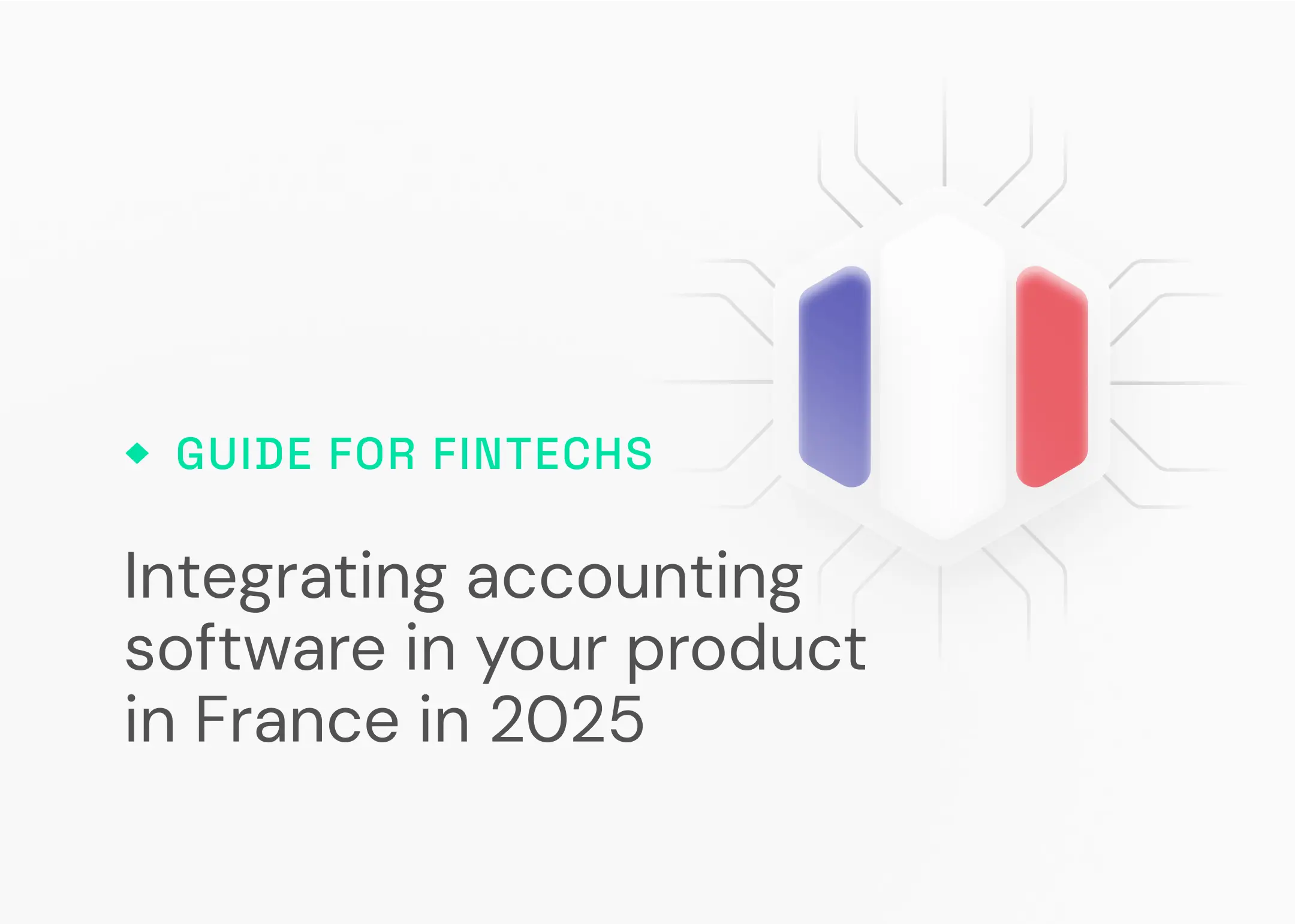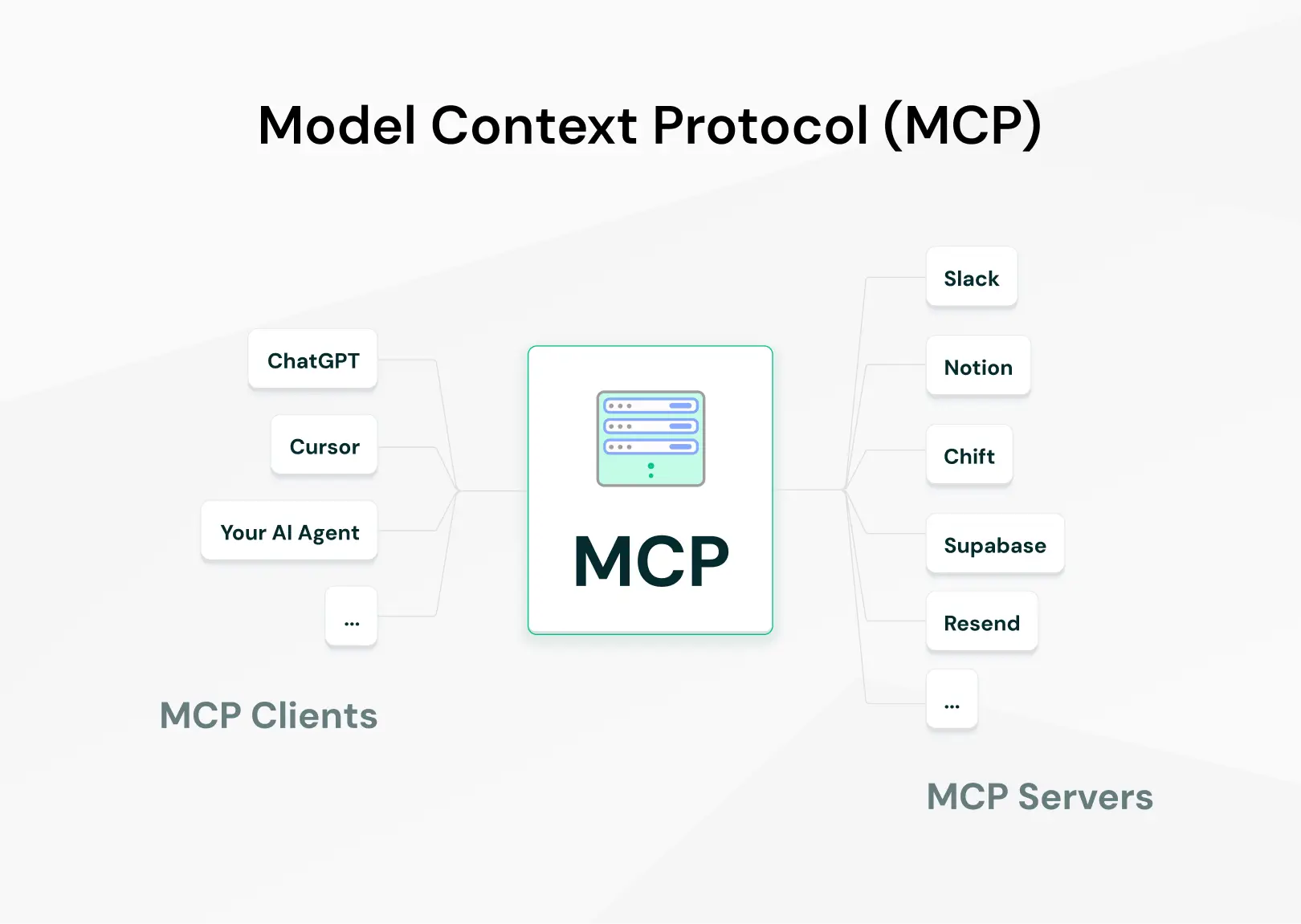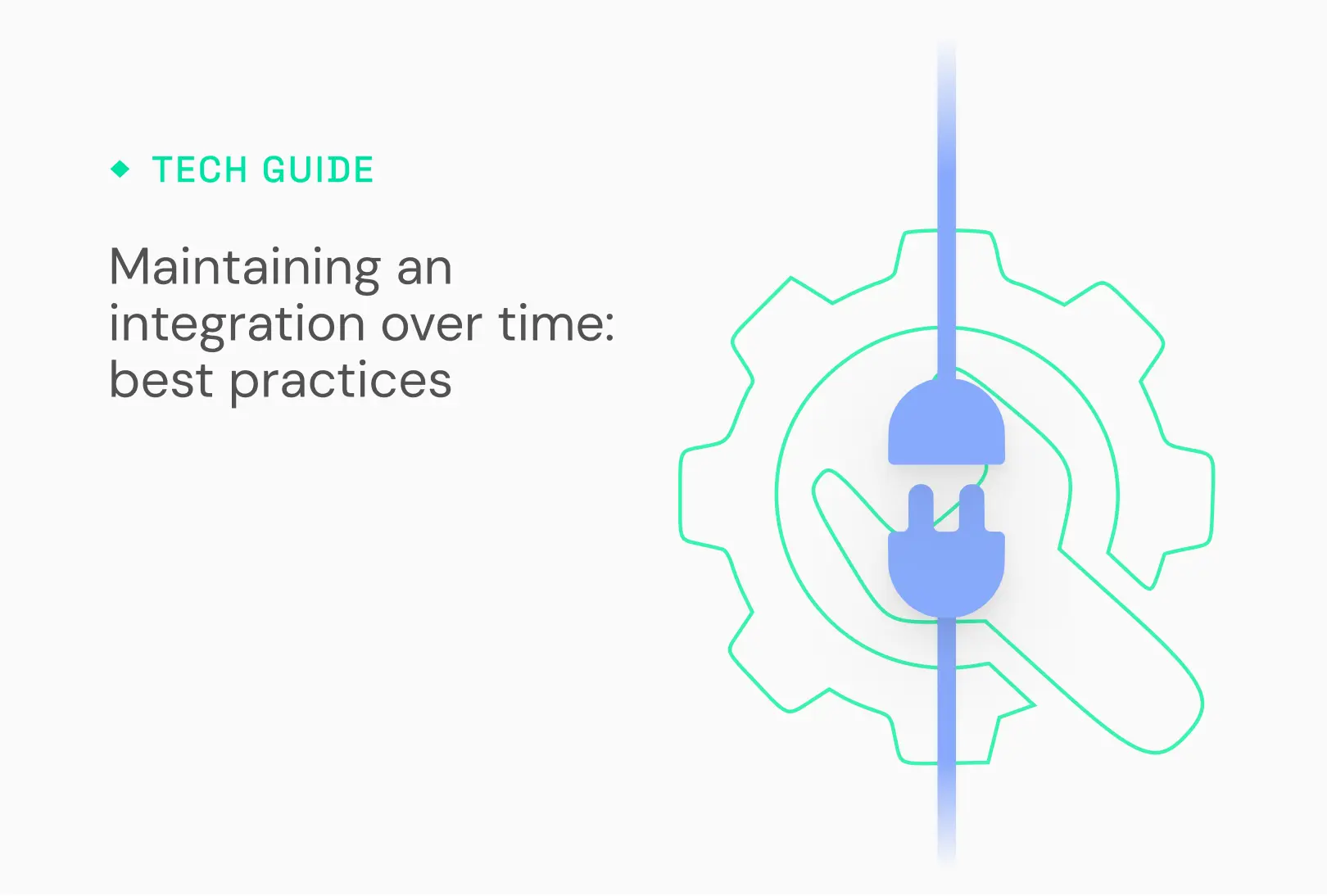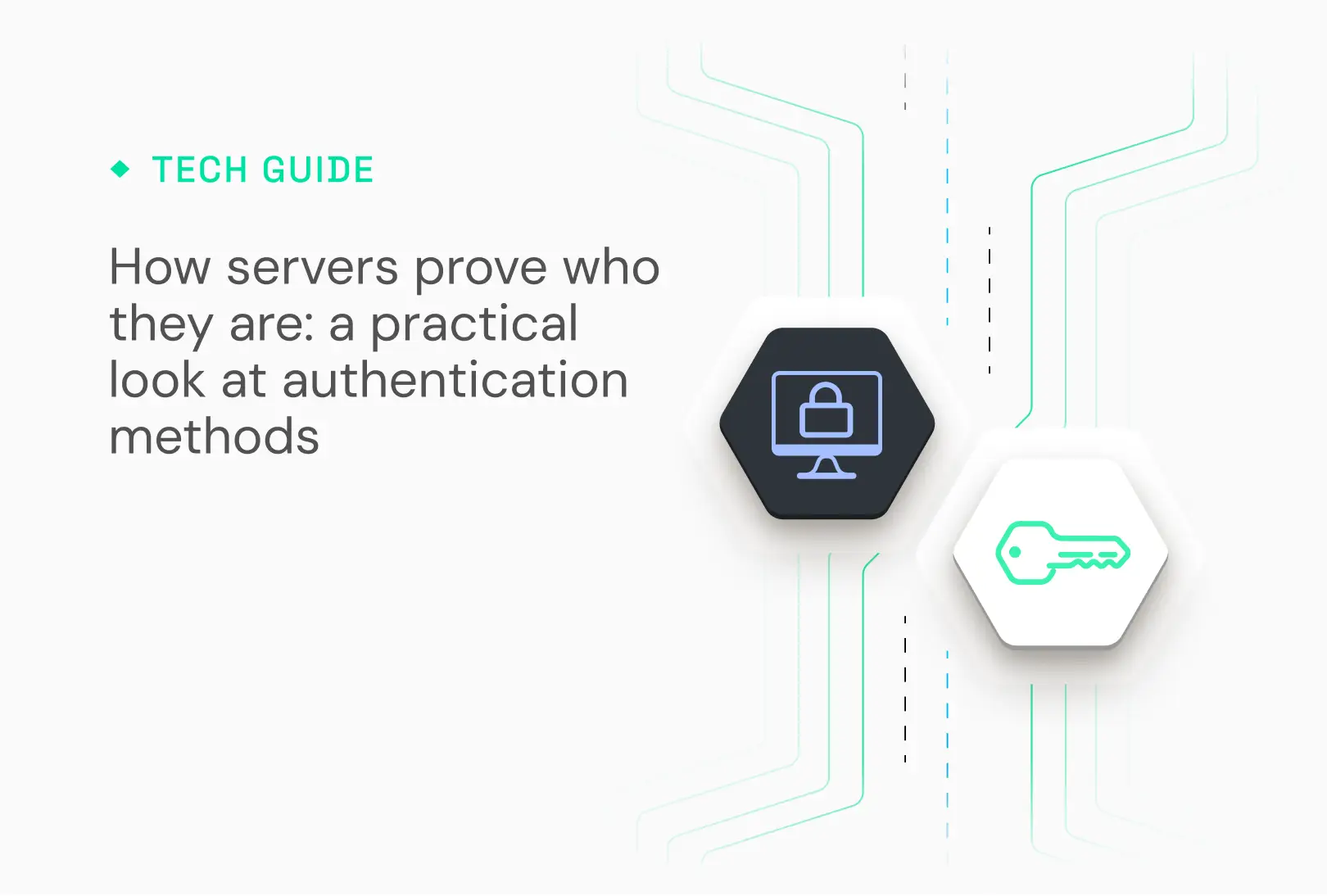There are various solutions available to software publishers wishing to integrate. Only one, the unified API, offers the following:
- A layer of abstraction, which standardizes the routes of a series of APIs.
- The possibility of adding connectors to an infinite number of software applications in the same vertical.
Unified APIs for software companies
Software publishers who want to give themselves the technical means for fast growth will turn to unified APIs.
Rather than buying or building its integrations, the software publisher partners with a unified API provider. The software publisher’s customers will then be able to connect their software seamlessly and directly benefit from the ready-made integrations. The solution is scalable and offers significant time and cost savings.
What possibilities does a unified API open up?
There are many. Here is a brief overview with examples from the accounting vertical.
- A unified API enables bi-directional integrations to push and get data. With it, a software publisher for business expenses management could integrate with accounting software to get and push accounting entries.
- This expense management software publisher will be able to connect to various software applications via the same unified API, whether these client applications are hosted in the cloud or on a local server.
- Expense management software and accounting software are likely to process data differently. For example, one will talk about "get customers" whereas the other will use "get contacts". The unified API will standardize the data. Yet,
💬 It is also possible to retrieve raw data from software directly via the Chift API, on demand. In this case, the customer retrieves raw data, which is not standardized.
These possibilities will play out differently in each vertical: for instance, the unified API will inject the Z ticket in a PoS. In e-commerce, the unified API will enter orders and invoices into the accounts. In lending, the unified API will fetch the accounting data used to analyze financing. See our unified APIs in action in this article: Ecommerce to Accounting Software Automation
As shown above, the unified API enables the software company to integrate with many connectors in a bi-directional flow. They won't have to build nor maintain these many connectors. A standard integration will meet the needs of different customers. The software publisher grows as fast as they can, not held back by the need to build integrations. The devs team focuses on their product tasks, free from distractions.
More and more software publishers are opting for unified APIs. However, choosing a particular unified API is not always easy. Here's an overview of the criteria to consider in this "How do you choose your unified API" article.






.avif)












